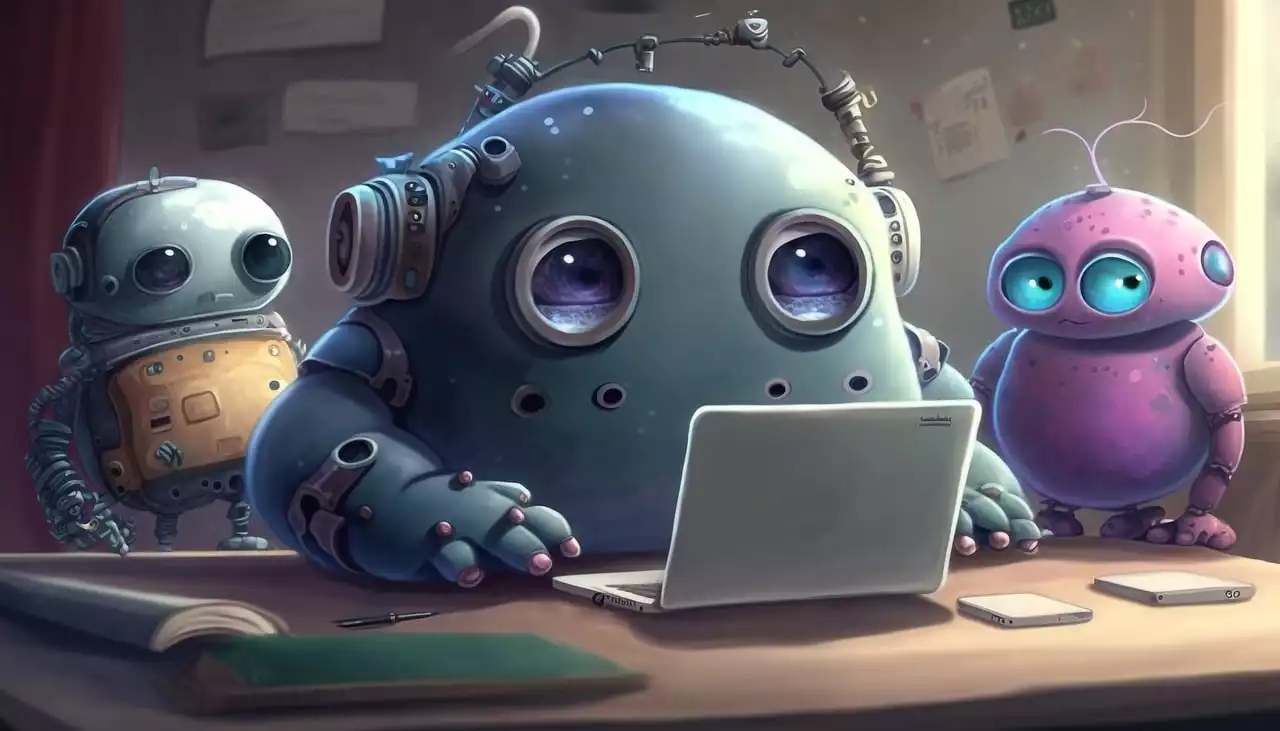Benefits of AI chatbots for customer support
One of the biggest benefits of AI chatbots is their ability to provide instant customer support. Customers expect quick and efficient solutions to their problems, and chatbots can provide just that. With AI chatbots, customers can get their queries answered 24/7 without having to wait for a human representative to become available. This results in a better customer experience and can lead to increased customer loyalty.
Another benefit of AI chatbots is their ability to handle multiple queries simultaneously. Unlike human representatives who can only handle one query at a time, chatbots can handle multiple queries at the same time, which means customers don't have to wait in long queues to get their queries answered. This results in faster query resolution and a better customer experience.
AI chatbots can also provide personalized assistance to customers based on their buying history, preferences, and behavior. This means that customers can get personalized recommendations, assistance with their purchases, and even targeted promotions based on their interests. This personalized experience can lead to increased customer satisfaction and loyalty.
Benefits of AI chatbots for internal communication
AI chatbots are not only beneficial for customer support but also for internal communication within businesses. Chatbots can be used to automate routine tasks, such as scheduling meetings, sending reminders, and providing updates to team members. This frees up time for employees to focus on more important tasks and can lead to increased productivity.
Chatbots can also be used to improve collaboration between team members. With chatbots, team members can easily share files, documents, and information with each other without having to switch between different apps and platforms. This results in better communication, faster decision-making, and improved collaboration.
Another benefit of AI chatbots for internal communication is their ability to provide real-time insights into business operations. Chatbots can be used to monitor key performance indicators (KPIs), track progress on projects, and provide alerts when issues arise. This helps businesses to identify and address issues quickly, leading to improved efficiency and better business outcomes.
AI chatbot statistics
AI chatbots are becoming increasingly popular among businesses of all sizes. According to a report by Grand View Research, the global chatbot market is expected to reach $9.4 billion by 2024, growing at a CAGR of 24.3% from 2019 to 2024. Another report by Juniper Research predicts that chatbots will save businesses over $8 billion per year by 2022.
AI chatbots are also becoming more intelligent and sophisticated. According to a report by Gartner, by 2022, 70% of white-collar workers will interact with conversational platforms on a daily basis. This means that businesses that adopt AI chatbots will have a competitive advantage over those that don't.
How AI chatbots work
AI chatbots use natural language processing (NLP) and machine learning (ML) algorithms to understand and respond to human queries. NLP allows chatbots to understand the context of a query and respond in a natural and conversational manner. ML allows chatbots to learn from past interactions and improve their responses over time.
Chatbots can be integrated with a variety of platforms, including websites, messaging apps, and social media platforms. They can also be customized to suit the needs of businesses and their customers. For example, a chatbot for a retail business might be designed to provide product recommendations and assistance with purchases, while a chatbot for a healthcare provider might be designed to provide information on medical conditions and book appointments.
Types of AI chatbots
There are two main types of AI chatbots: rule-based and self-learning. Rule-based chatbots are programmed with a set of rules and responses and can only respond to queries that fall within those rules. They are best suited for simple, straightforward queries.
Self-learning chatbots, on the other hand, use ML algorithms to learn from past interactions and improve their responses over time. They are best suited for complex queries and can provide more personalized and accurate responses.
Types Of Chatbots
Implementing AI chatbots in your business
Implementing AI chatbots in your business can be a daunting task, but there are a few things you can do to make the process easier. First, identify the tasks that can be automated using chatbots. This might include customer support, internal communication, and routine tasks.
Next, choose a platform for your chatbot. There are a variety of platforms available, including chatbot building tools, third-party chatbot providers, and custom chatbot development.
Once you have chosen a platform, design your chatbot's conversation flow and create responses for common queries. Test your chatbot thoroughly before deploying it to ensure that it is working properly and providing accurate responses.
Best practices for AI chatbot development
When developing an AI chatbot, there are a few best practices that you should keep in mind. First, focus on the user experience. Your chatbot should be designed to provide a seamless and natural conversation flow that is easy for users to understand and use.
Second, make sure your chatbot is secure. Chatbots can be vulnerable to attacks, so it's important to implement security measures to protect your chatbot and the data it collects.
Finally, monitor your chatbot's performance and make improvements over time. Use analytics to track user interactions and identify areas for improvement. Update your chatbot's responses and conversation flow regularly to ensure that it is providing the best possible user experience.
Challenges and limitations of AI chatbots
While AI chatbots offer a lot of benefits, there are also some challenges and limitations to consider. One of the biggest challenges is ensuring that chatbots provide accurate and helpful responses. Chatbots can be limited by their programming and may not be able to understand complex or nuanced queries.
Another challenge is ensuring that chatbots provide a personalized experience. While chatbots can provide personalized recommendations based on user data, they may not be able to understand the nuances of human behavior and preferences.
Finally, chatbots can be vulnerable to attacks and may pose a security risk to businesses. It's important to implement security measures to protect your chatbot and the data it collects.
Future of AI chatbots
The future of AI chatbots is bright, with continued growth and innovation expected in the coming years. Chatbots are becoming more intelligent and sophisticated, with the ability to understand and respond to complex queries and provide a personalized experience. The use of chatbots is also expected to expand beyond customer support and internal communication, with chatbots being used for tasks such as personal finance management, healthcare, and education.
As AI chatbots become more prevalent and sophisticated, it's important for businesses to stay up-to-date with the latest developments and incorporate chatbots into their operations. Businesses that adopt AI chatbots will have a competitive advantage over those that don't, and will be better equipped to meet the expectations of their customers and employees.










